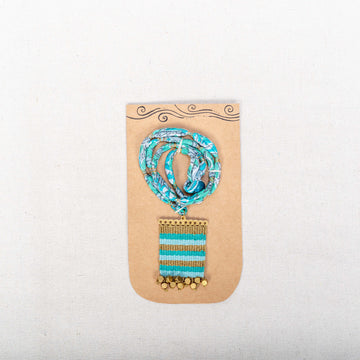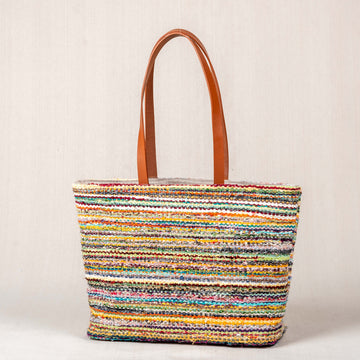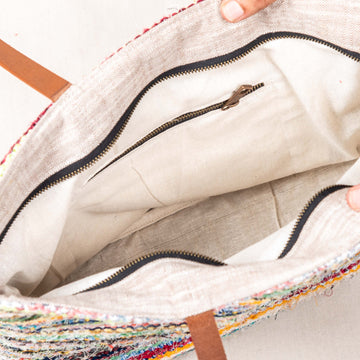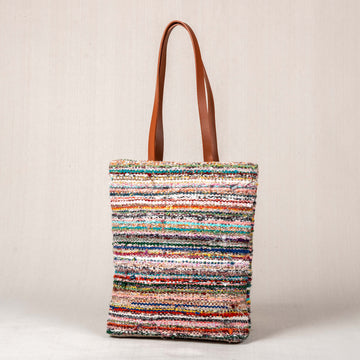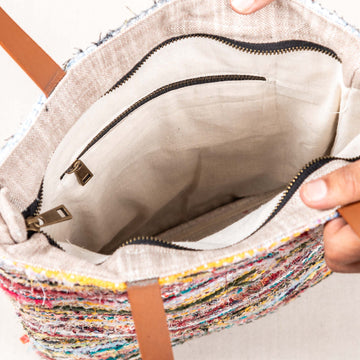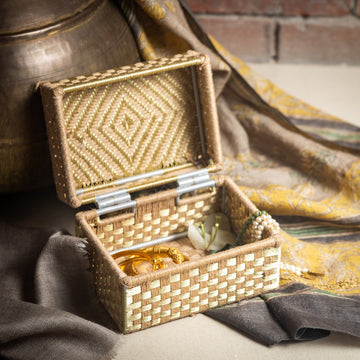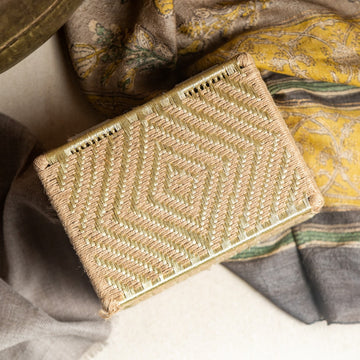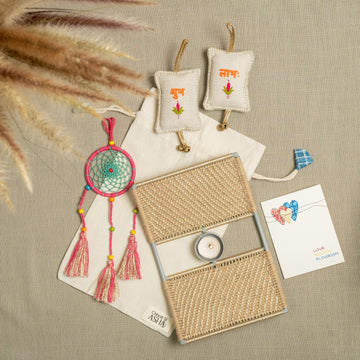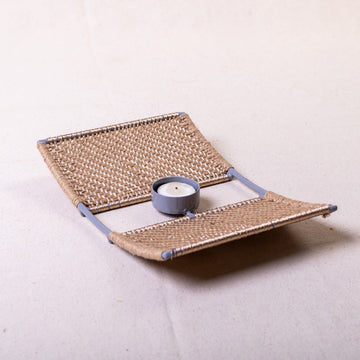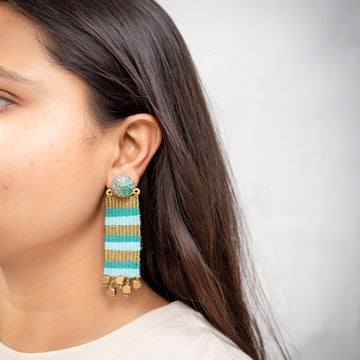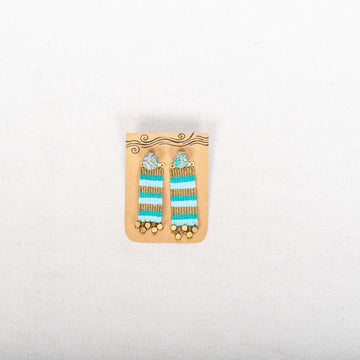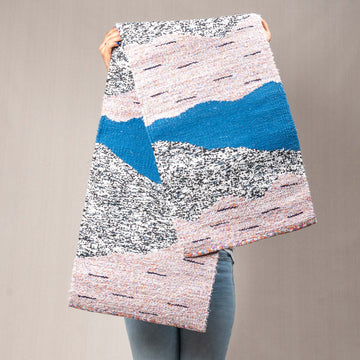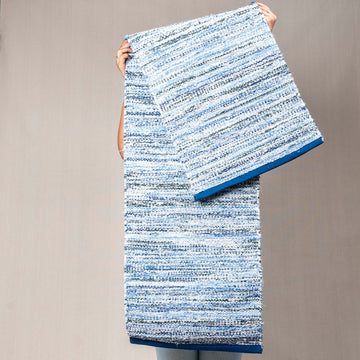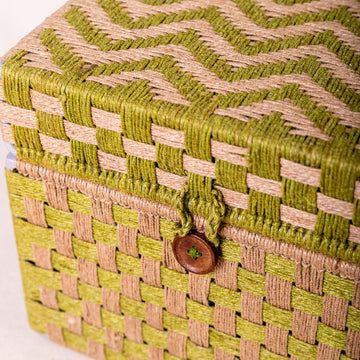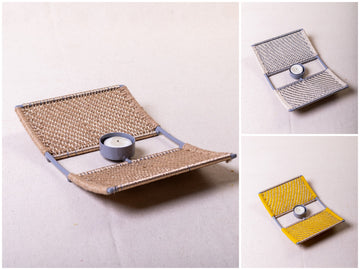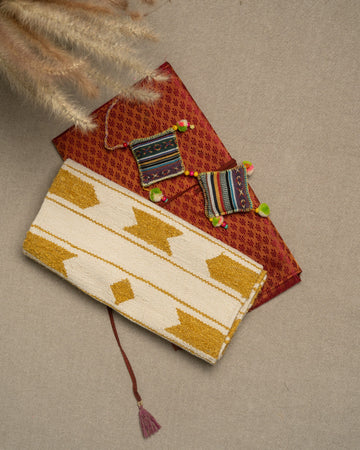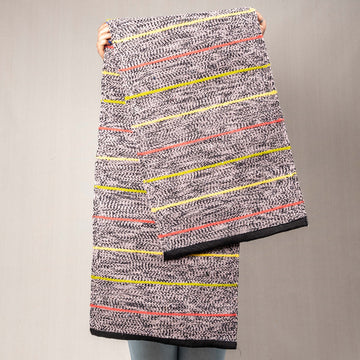Dari Weaving
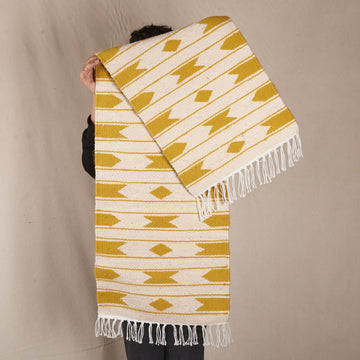
Dari Weaving
Dari weaving is an ancient craft that involves weaving carpets, mats, and rugs. It's a fascinating process that requires a lot of patience and skill, but the end result is a beautiful and durable textile that can last for generations. Today, it continues to be an important part of Indian culture and is highly prized for its beauty and durability. Whether you're interested in creating your own Durrie or simply appreciating the beauty of these textiles, the history, materials, and techniques involved in Durrie weaving are sure to fascinate and inspire you.
A testament to talent and perseverance
The word "Dari" is derived from the Persian word "darree" which means "floor covering". Dari weaving has been practiced in India for centuries, with the earliest recorded evidence of the craft dating back to the 16th century. Originally, daris were made by women in rural areas as a way to create a practical and durable floor covering for their homes. Over time, the craft evolved to include more decorative designs & intricate patterns. Today, the practice of Dari making is used to create a wide variety of items, including wall hangings, cushion covers, and even fashion accessories.
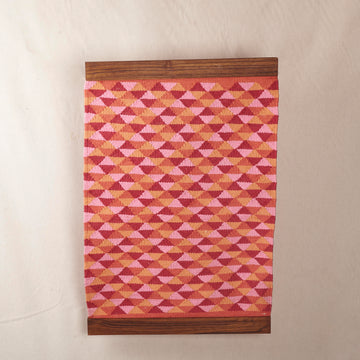
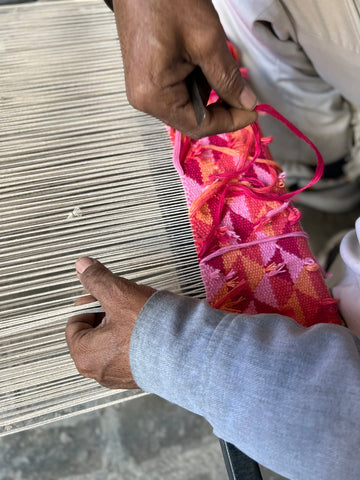
Technique
Dari weaving is an ancient craft that involves weaving carpets, mats, and rugs. It's a fascinating process that requires a lot of patience and skill, but the end result is a beautiful and durable textile that can last for generations. Today, it continues to be an important part of Indian culture and is highly prized for its beauty and durability. Whether you're interested in creating your own Durrie or simply appreciating the beauty of these textiles, the history, materials, and techniques involved in Durrie weaving are sure to fascinate and inspire you.Durries are made from cotton or wool yarn, and the yarn is dyed using natural dyes to create a wide range of colours. In addition to yarn, Durrie weavers use a loom, which is a device used to weave the threads together. The loom can be a simple frame made of wood, or it can be a more complex device that is operated by foot pedals. The complex process begins with the weaver setting up the loom and then weaving the warp threads, which are the threads that run vertically through the fabric. Next, the weaver adds the weft threads, which are the threads that run horizontally across the fabric. The weft threads are woven in a specific pattern to create the desired design or pattern. As the weaver works, the fabric is pulled tight on the loom to create a tight and even weave. This process can take weeks or even months to complete, depending on the size and complexity of the Durrie.


